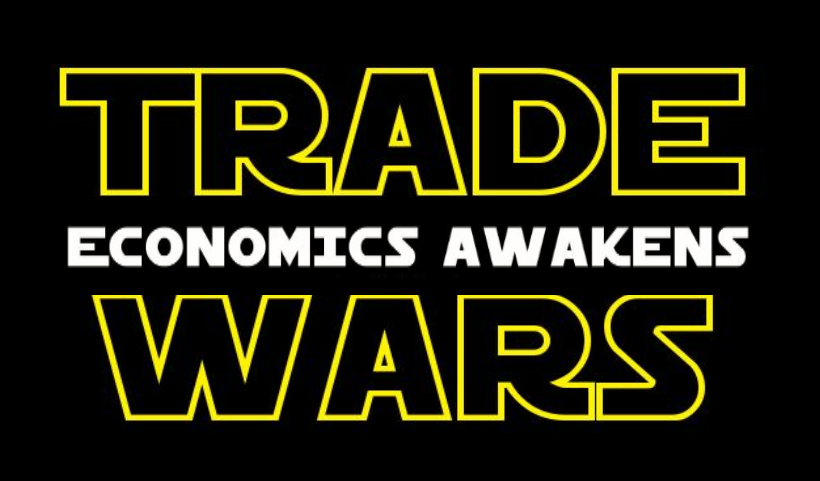Hot Topic: Ubernomics


Trade Wars – Economics Awakens (repost)
FTE is re-posting this article written during Trump 1.0. Much of what Professor Malek had to say about tariffs back…

Hot Topic: The US Airline Industry…Fight or Flight!?
By Greg Caskey January 18, 2018 Use this Hot Topic in the classroom! Teacher and Student Guides. “It’s time to level…

The Streamin’ Blues
What’s not to like about streaming? The music you want, wherever and whenever you want. Sounds good! But does your favorite artist think so?

